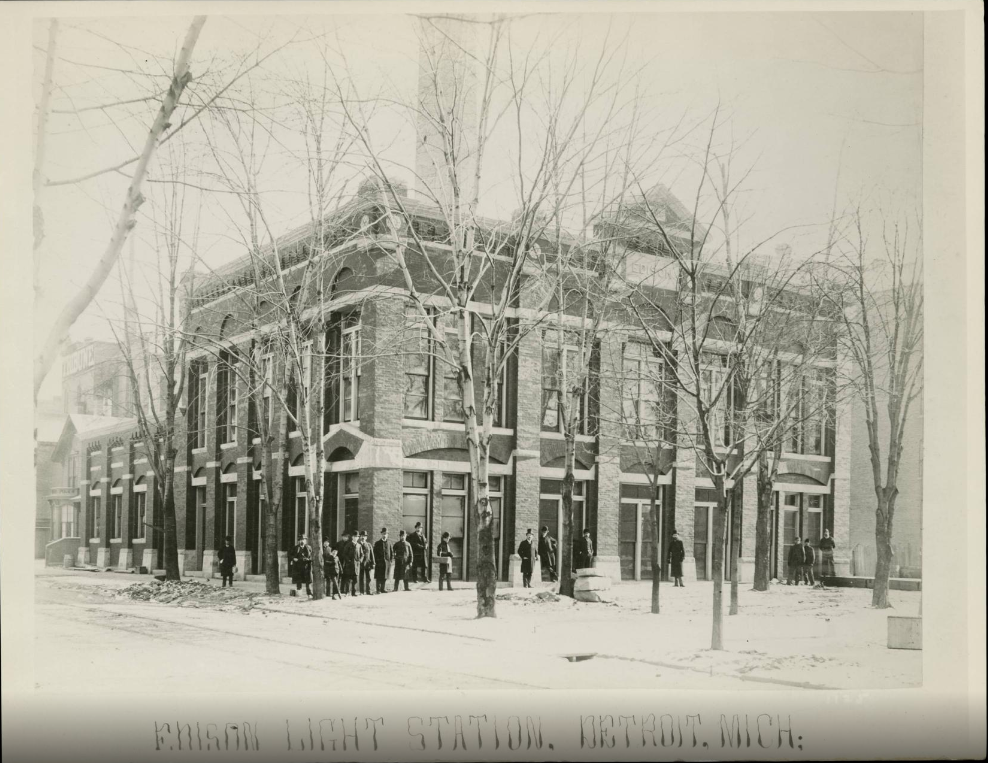
Edison Illuminating Company. SOURCE: From the Collections of The Henry Ford. Gift of Ford Motor Company, 1891.
Thomas Alva Edison was born on February 11, 1847 in Milan, OH. He was mostly home-schooled by his mother after struggling in school. While he loved to invent and held many patents for his creations, he was mostly a natural entrepreneur. At 13, he started working on the train, selling candies and vegetables. He eventually started selling his own newspaper, The Grand Trunk Herald.
When Thomas, or Alva (he was called by his middle name during his boyhood) was twelve years of age, his father considered him old enough to earn his own living. He was therefore willing to have him take a position as train boy on the Grand Trunk Railroad.
Young Edison was just the person to enjoy a train boy's life. He was fitted to make a success of the business. Forward and self-confident, he had a pleasant, jovial manner, which made him popular with strangers. He was quick-witted enough to say just the thing about his wares to amuse or interest the passengers. And he sold enough newspapers and sweetmeats to clear a good profit.
Besides, he was shrewd and self-reliant. Finding that the sale of papers depended on the news they contained, he looked them over carefully before buying, and soon learned to judge accurately the number he could sell.
The Civil War was then going on, and when there was exciting war news, papers were in great demand. One day he opened the paper and found an account of the battle of Pittsburgh Landing. He said to himself, "I could sell a thousand of these papers, if I had them, and if the people at the stations only knew there had been a battle." Here were two big "ifs," but the boy promptly made up his mind how to overcome them.
He went to the telegraph office and sent dispatches to the towns at which his train stopped, announcing that a terrible battle had been fought. He felt sure that the news would spread rapidly through the villages, and crowds would be at the stations waiting for the papers.
He then went to the newspaper office and asked the business manager to sell him one thousand copies of the Detroit Free Press, on credit. The manager refused curtly. Nothing daunted the boy sought the office of the editor, Mr. W. F. Story.
"I am the newsboy on the Grand Trunk Railroad, from Detroit to Port Huron, and I should like to have one thousand copies of to-day's 'Press,' containing the account of the battle," he said blandly.
"I have no money to pay for them, but I am sure I shall be able to pay you out of the proceeds of the day's sale."
The editor looked at him in surprise." And where do you expect to find purchasers for so many papers?" he asked. When he heard what the youth had done to secure his customers, he smiled and gave him an order for the papers.
Edison was not mistaken; he found his papers in such demand "that he was able to raise the price first to ten cents, then to twenty-five cents. He made what seemed to him a fortune out of the day's work.
- Frances M. Perry, “The Story of Thomas A. Edison: Youthful Business Ventures.” In Four American Inventors: A Book for Young Americans, New York, Cincinnati, and Chicago: American Book Company, 1901
He founded 14 companies, all of which broke barriers in their respective industries:

Edison Illuminating Company. SOURCE: From the Collections of The Henry Ford. Gift of Ford Motor Company, 1891.
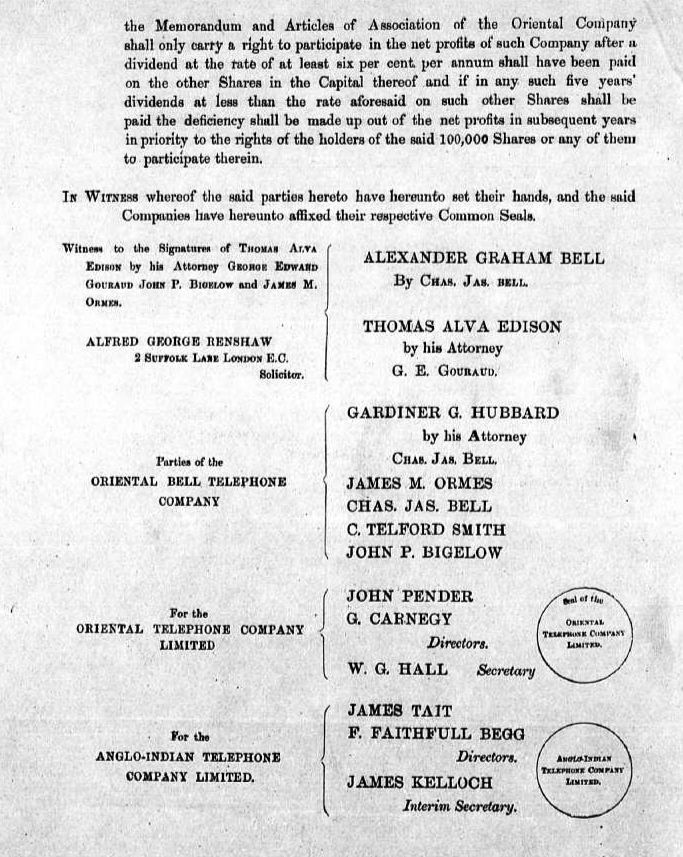
An agreement between Edison and Alexander Graham Bell to create the Oriental Telephone Company. SOURCE: Edison Papers Digital Edition, February 1881.
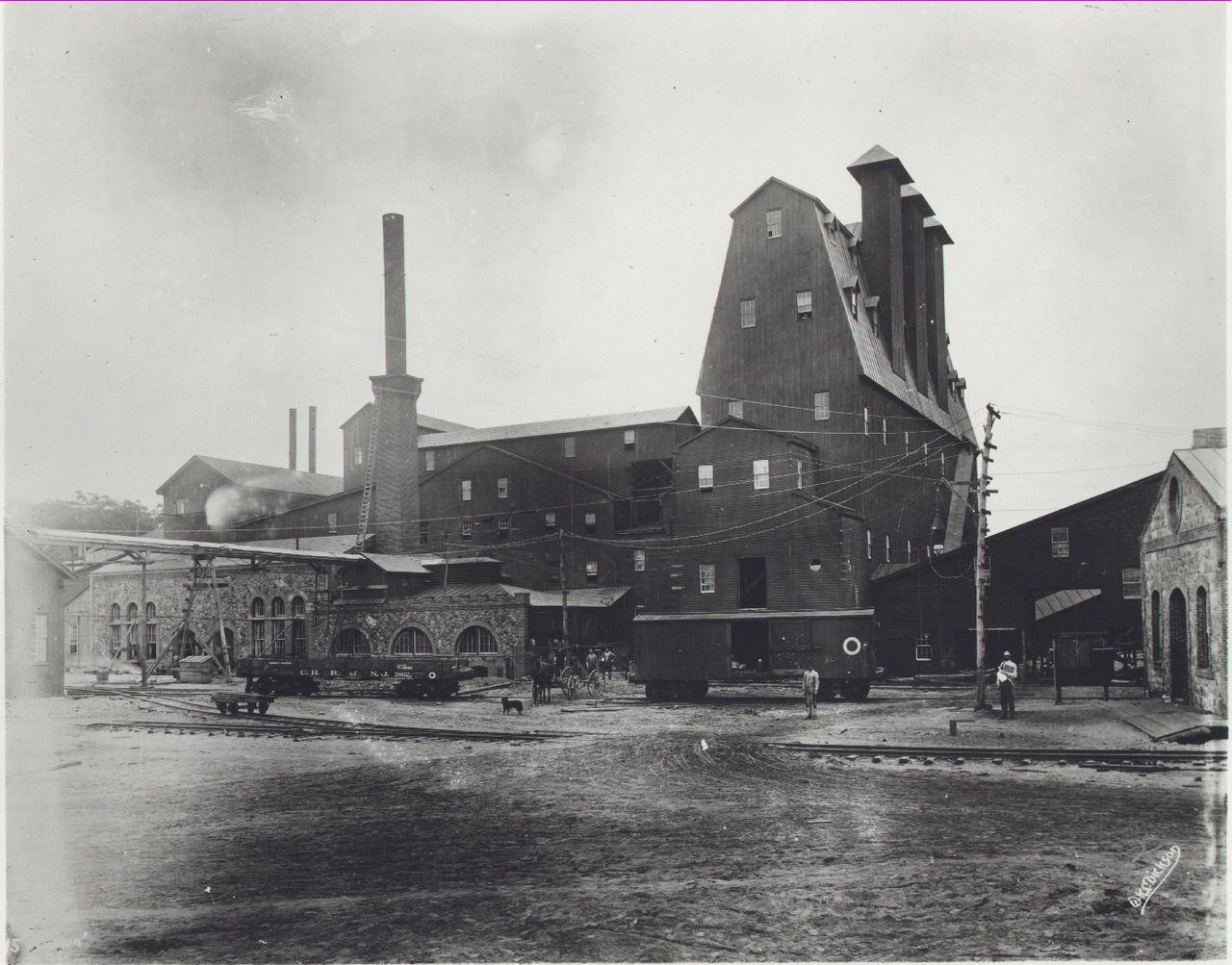
Edison Ore-Milling Company. SOURCE: National Park Service, 1895.
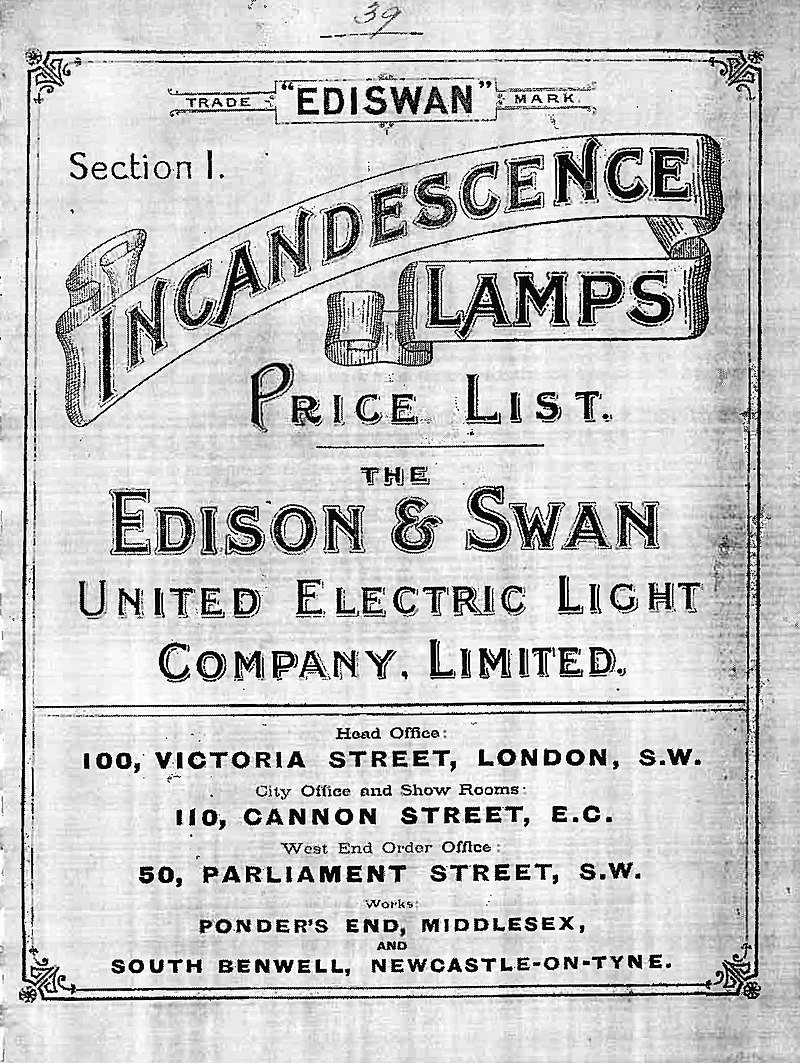
Edison & Swan United Electric Light Company SOURCE: Wikiwand, 1893.
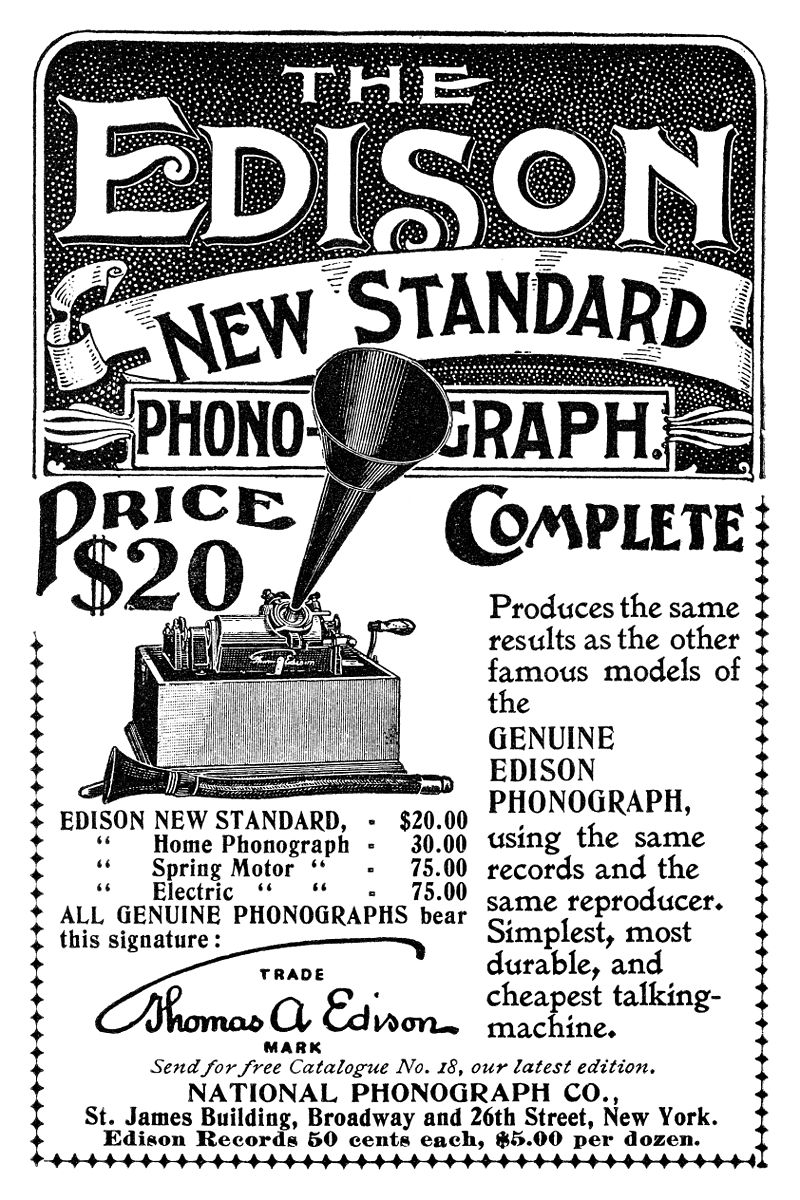
Thomas A. Edison, Inc (originally the National Phonograph Company). SOURCE: Harper's, September 1898.
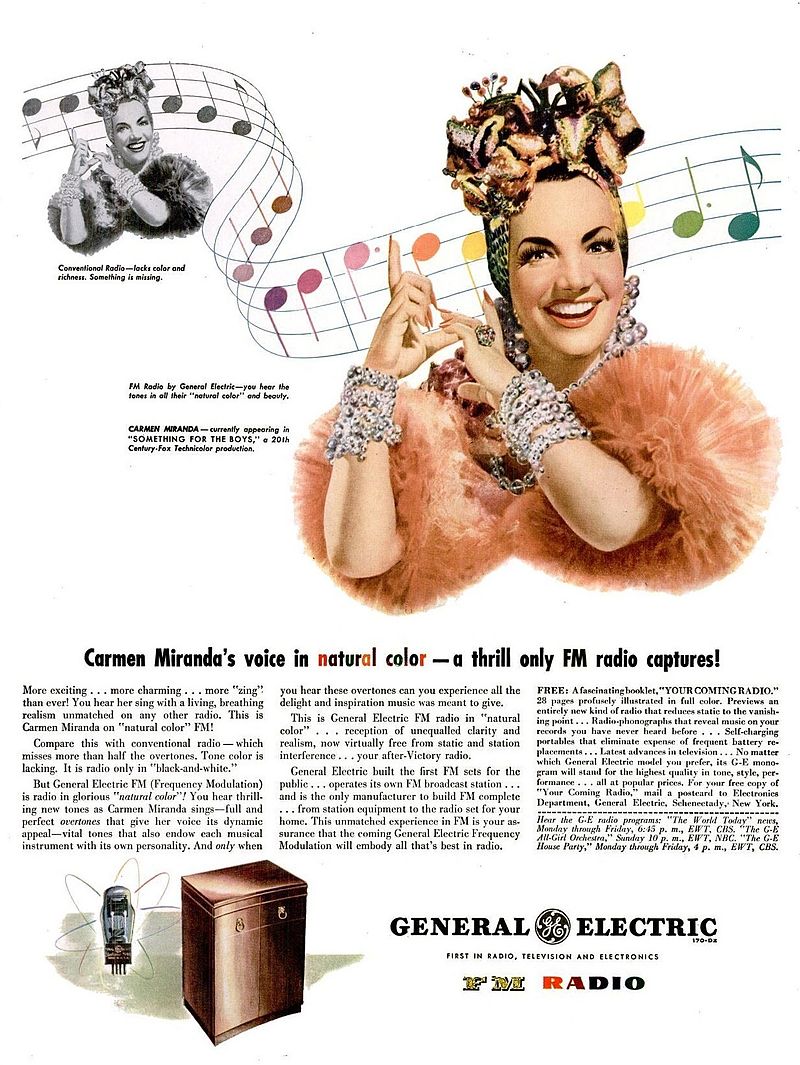
General Electric ad from 1945. SOURCE: Financial Times, June 2018.
His companies were home to many inventions and patents, including his own.
There is more to Edison than light bulbs. He invented and introduced a whole system of incandescent electric lighting; he invented a means to record and replay sound; and he contributed to the development of telegraphs, telephones, motion pictures, and more. Edison obtained more United States patents than any other individual -- 1,093 in all. His first was issued in 1869, when he was only twenty-two, and his last patent application was filed in 1931, the year of his death. Over those decades Thomas Edison became a symbol of American know-how, a hero who seemed to rise above the messy conflicts that occur during times of change. His lifetime spanned eighty-five years of unparalleled industrialization, urbanization, and economic expansion in America, a time in which many Americans were ambivalent about the frenzied pace of change, and vacillated between enthusiasm and suspicion about it. The figure of Edison helped to affirm that technology was a force uniquely suited to make life better for all. How that occured is a story of Edison and America intertwined.
- Collins, Theresa M., Lisa Gitelman, and Gregory Jankunis. Thomas Edison and Modern America. Boston: Palgrave Macmillan, 2002.
His companies used these innovations to dominate in their respective industries. Any competitors were often sued by Edison's companies for infringement.
Edison's ruthlessness extended to how he and his companies recruited employees. They sought after some of the most brilliant inventors of their time and encouraged them to develop technologies that pushed the barriers in their respective fields.
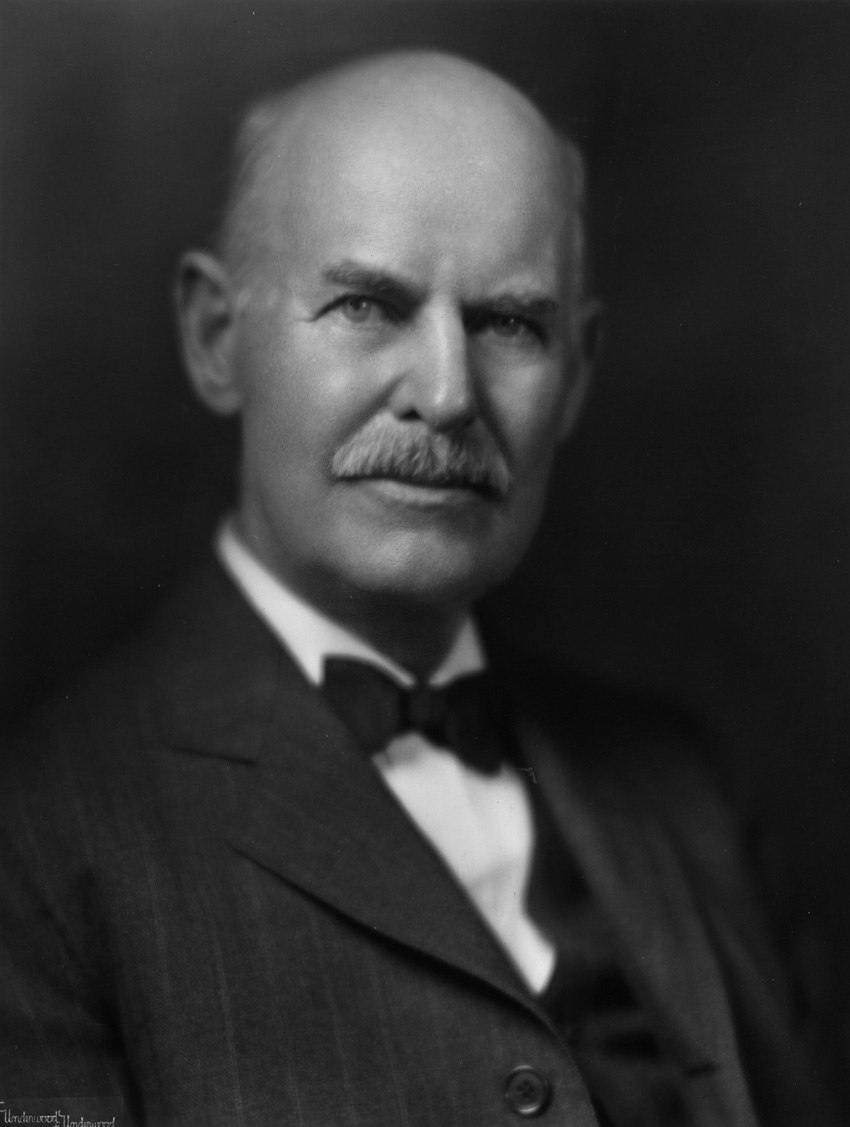
Edward Goodrich Acheson, inventor of the Acheson process used to make jewelry and LED lights. SOURCE: ExplorePAHistory.com, 1912.
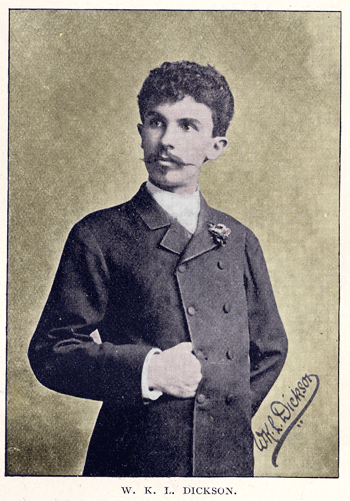
William Kennedy Dickson created the early motion picture camera. SOURCE: William Kennedy Dickson at Historic Camera, 1895.
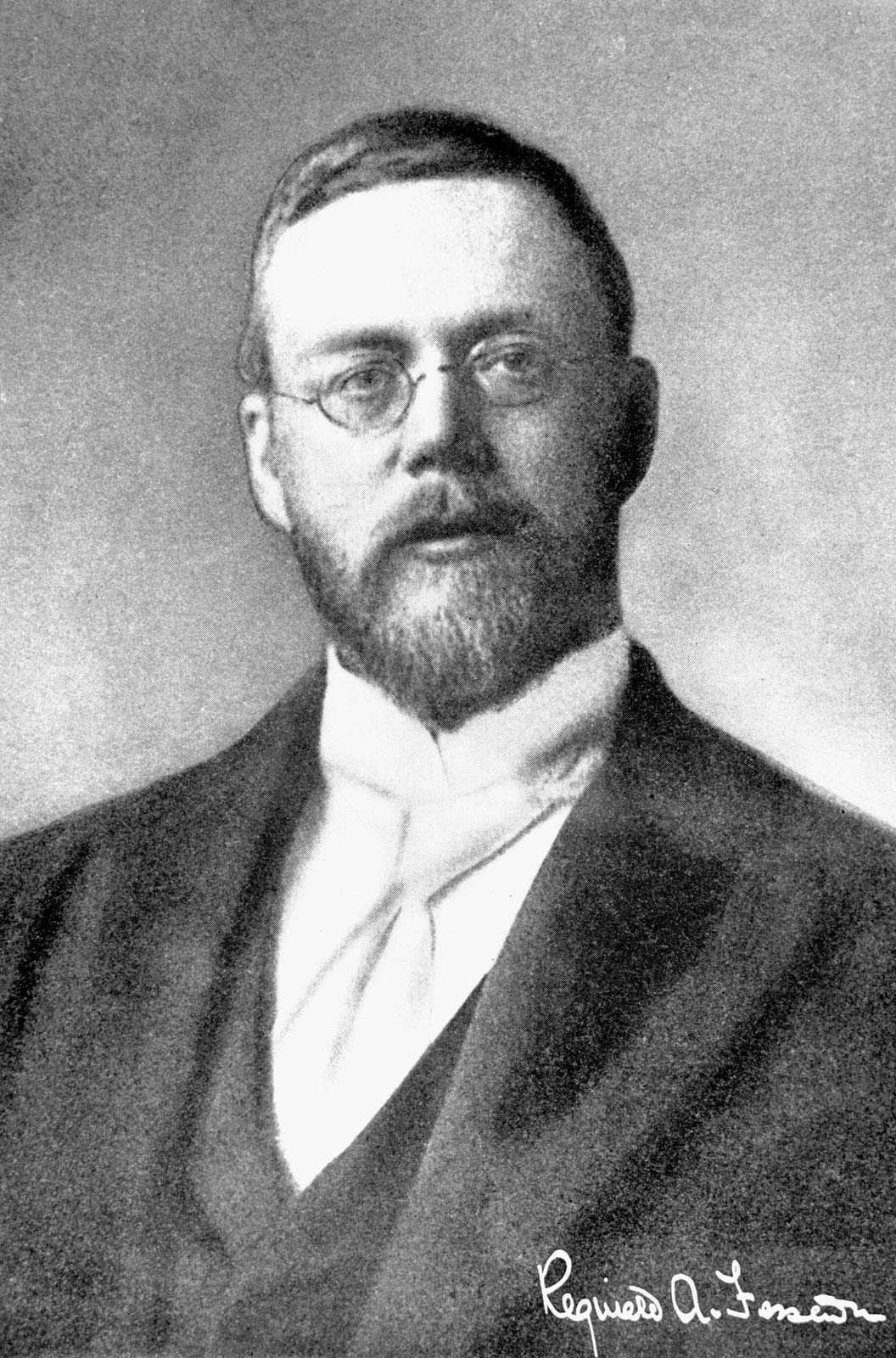
Reginald Fessenden made the first radio broadcast using words and music. SOURCE: Encyclopaedia Britannica, 2020.
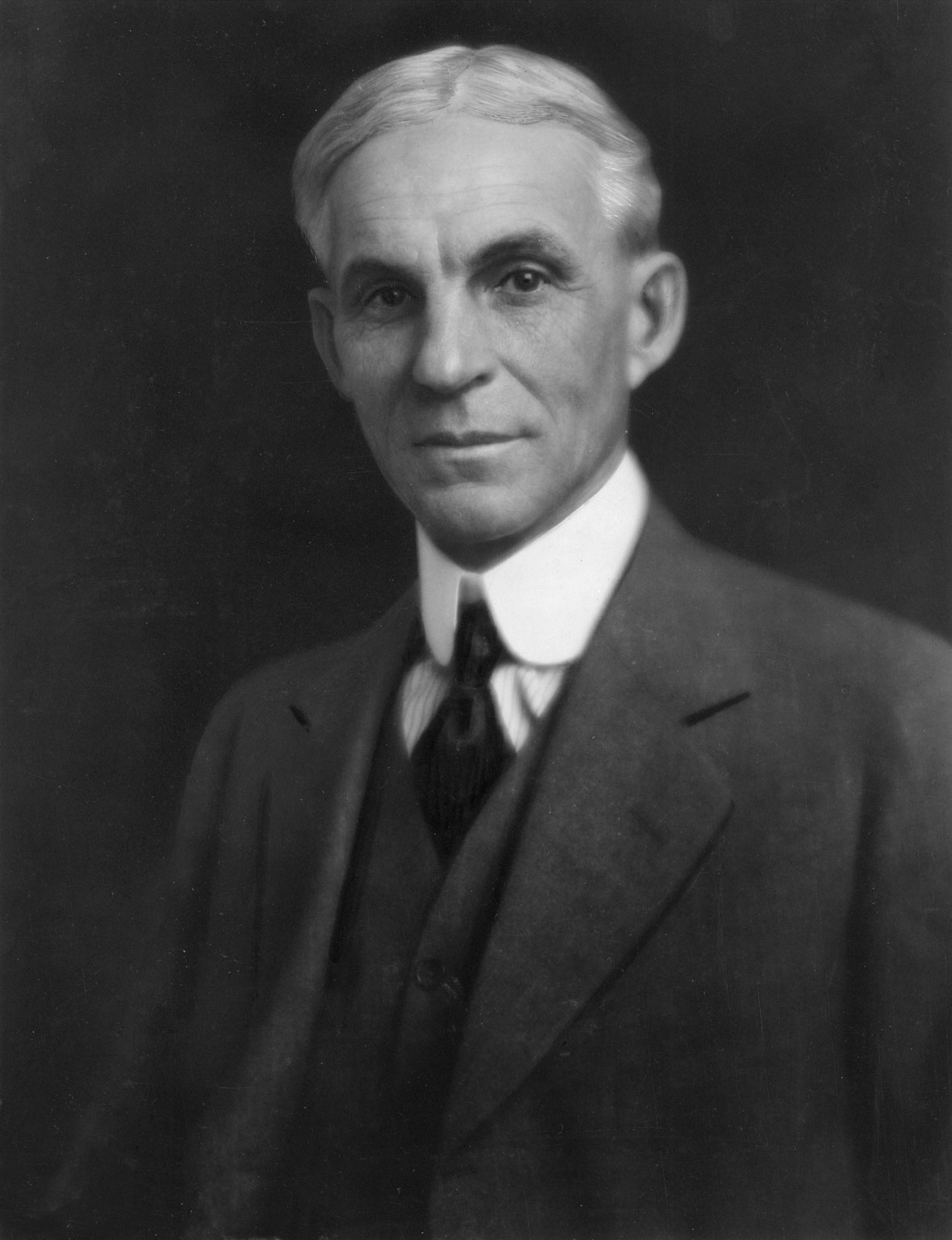
Henry Ford created the first affordable automobile and founded the Ford Motor Company. SOURCE: Encyclopaedia Britannica, 2020.
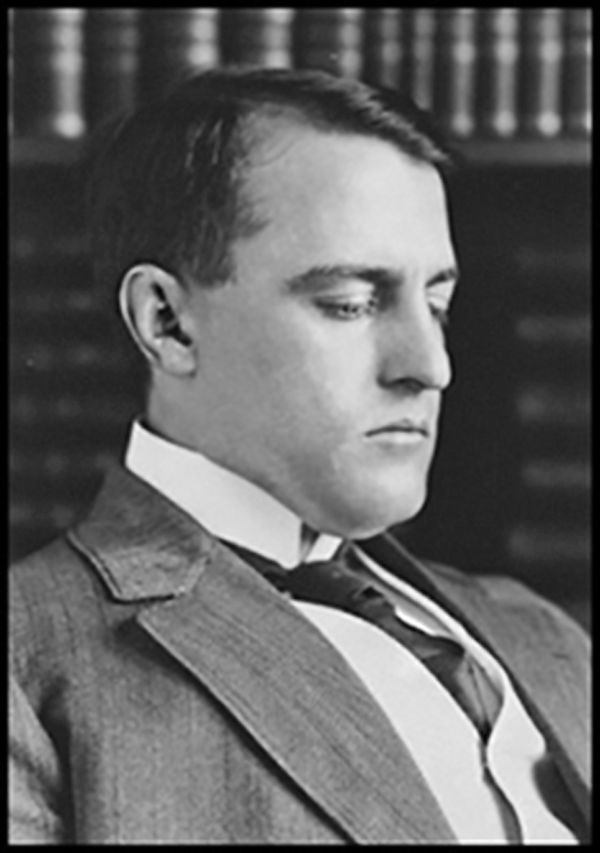
Miller Reese Hutchinson invented the hearing aid. SOURCE: SWNewsMedia.com, March 2017.
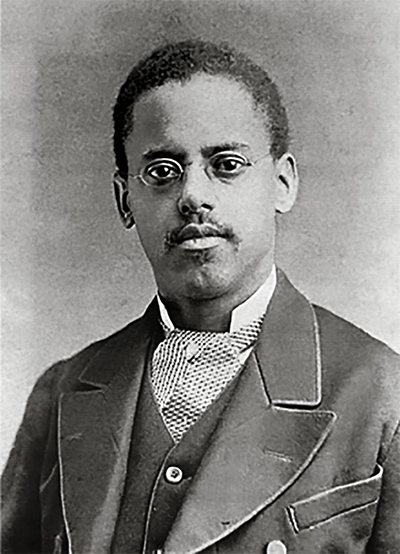
Lewis Howard Latimer invented the lightbulb with a carbon filament. SOURCE: Smithsonian Center, February 2018.

Frank Sprague invented improvements to electric streetcars and elevators. SOURCE: PBS, March 2017.
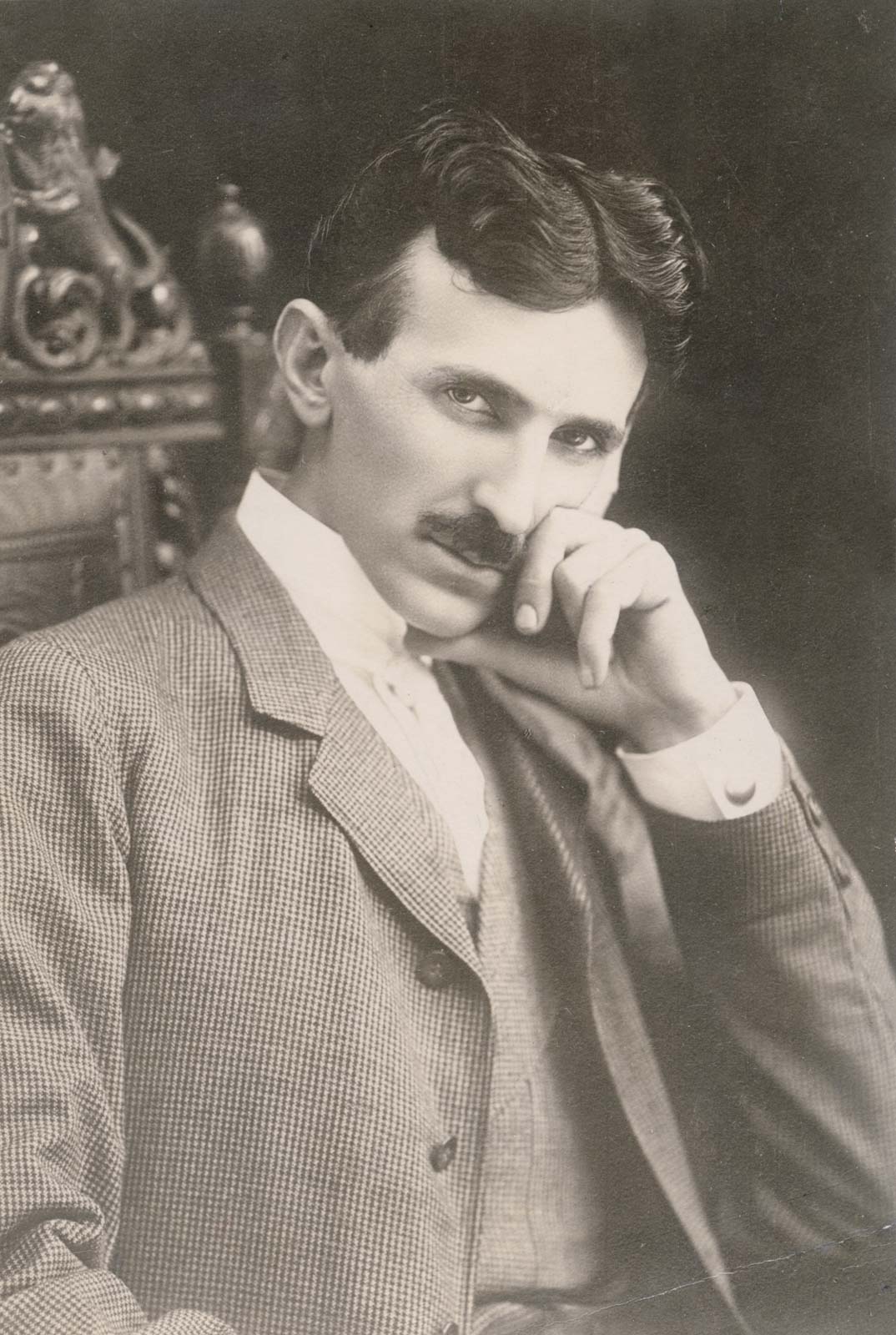
Nikola Tesla. SOURCE: Encyclopaedia Britannica, 2020.